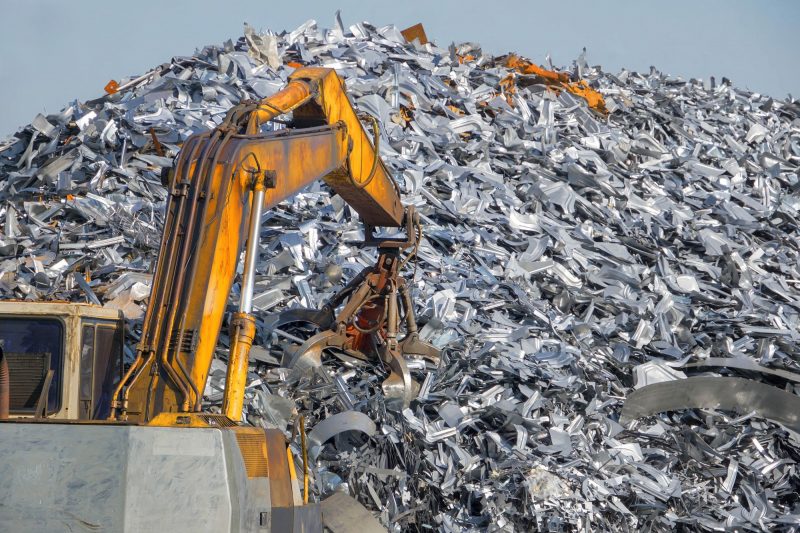
Recycled Steel Demand Declines in 2024
Steel production and recycling statistics from the Bureau of International Recycling (BIR) highlight a concerning trend in the consumption of recycled steel. According to the Ferrous Division of BIR, there was a 1% decline in recycled steel consumption in 2024 compared to 2023. Despite this, the industry still melted over 460 million metric tons (mmt) of ferrous scrap last year. However, this decrease in demand is a critical development for the global steel market.
Key regions like the European Union, India, and Turkey showed an increase in scrap consumption in 2024. These countries continued to lean on recycled steel in their steelmaking processes. Meanwhile, major steel producers in China, the United States, Japan, and South Korea reduced their use of recycled steel, contributing to a global slowdown in steel production. Notably, there was a 0.7% decrease in global crude steel production, signaling broader challenges in the industry.
Factors Behind the Stagnant Recycled Steel Market
The price of recycled steel played a significant role in the lower demand for scrap metal in 2024. Throughout the year, prices for recycled steel remained largely stable, failing to create sufficient incentive for scrap collectors to increase their collection efforts. Furthermore, a shift toward direct reduced iron (DRI) as a scrap alternative may have contributed to the decline in recycled steel consumption. According to the World Steel Association (Worldsteel), the use of DRI increased by over 3% in 2024 compared to 2023.
However, there is some positive news for the sector. The shift in steelmaking methods has resulted in more steel being produced via Electric Arc Furnace (EAF) technology, which traditionally uses a higher proportion of recycled steel. In 2024, EAF production accounted for 41.4% of global steel production, amounting to 549 mmt. This method’s rise highlights the growing importance of recycled steel in the transition to low-carbon steel production.
SuperMetalPrice Commentary:
The decline in recycled steel consumption in 2024 underscores the complex dynamics of the global steel industry. With increasing pressure on manufacturers to decarbonize, the need for recycled materials, including steel, will remain critical in the long term. However, factors such as fluctuating prices, competition from alternative materials like DRI, and the ongoing challenges of meeting decarbonization targets will continue to shape the market. For steel recyclers, the path forward involves not just increasing supply but also proving the environmental and economic value of recycled steel to the broader industry.











Leave a Reply
You must be logged in to post a comment.